A Cleveland, Ohio native, Jonathan Mannion began capturing images of up-and-coming urban music superstars after working for a year with world-renowned photographer Richard Avedon. In 1996, he launched his professional career by shooting the photographs for the classic hip-hop album “Reasonable Doubt” by Jay-Z. In the years since, Jonathan’s photography has grown alongside the culture he so loves, helping to visually define an era of urban music. As DJ Quik once pointed out to him, the world sees hip-hop through his eyes. However, he is modestly circumspect about his role. “I’m just a messenger,” he observes, “and I’ve been given a talent to document an extremely important era of music history. I have a love for hip-hop that goes back to when I was a teenager, and I feel blessed to have had the chance to shoot the artists I’ve worked with. I’ve had the opportunity to grow with them and the photos I’ve shot over the years have become visual bullet points of their creative evolution and mine.”
Q: When did you start shooting hip-hop and cultural icons and who are some of the stars you’ve photographed?
A: My work dates back to about 1995-1996. Some of thelegends that I have shot along the way: Big E, Jay-Z, Little Wayne, Cash Money and Ludacris, as well as cultural superstars like, Lance Armstrong, Andre Agassi, Tyra Banks, Lebron James and maybe a couple of other no-name people. Have you heard of any of those guys? (laughs).
Q: Is there anyone that you have not shot that you would like to shoot?
A: I sort of have a standard answer for that, it’s unachievable, but Tupac, because that would have rounded out the collection and I think I would have had a good time photographing him. Certainly there is a laundry list of people that I would have loved to have spent time with like Bob Marley, but on the list currently, Ben Kingsley, Sade, a couple of the living legends. The really gutsy people that don’t often give photographers a lot of time and access; those are the ones.
Q: Can you talk about what those meant to you and some reflections?
A: I sort of latched on to music really early and I think that was the foundation. Ever since I can remember I could sing every lyric of every song that was ever played on the radio from top 40 to singing opera. I was that insane little weird kid and I think music has always been a driving force for me so when there was an opportunity to grow with the movement and be part of something on a richer and a deeper level and really make significant contributions, I definitely jumped at the opportunity. I was a college DJ so there was a breadth of knowledge that I brought to the table coming to New York. That certainly went in my favor, as I am running around, I could pick the faces and even the faces that weren’t really in the spotlight. “Oh you’re ‘this guy’. Hey can I have a minute? Can I take your picture?” Those people remember when they moved into a higher position it was like, “Now who is that kid? He was great. Let’s get that kid.” It really began very organically, but I was omnipresent when I moved to New York. I would work during the day for Richard Avedon — that was my first job straight out of school. I did a year with him; which was 7 am to 9 pm, come home, have a piece of pizza, because that’s all I could afford and then get right back out and to the clubs with Biggie and Puffy and Total and all of those things. I think being present in those moments allowed me to solidify a position there and for people to become aware of me. It was the talent that allowed it to continue to move forward, and dedication and perseverance and everything else that you need to be successful.
Q: You spoke about capturing a moment. Can you elaborate on that idea?
A: I guess the ultimate goal is to take the definitive photo of that person in that moment. Some of them don’t really know what that is, like, often times artists will come to the table and say I want this one shot, I want a police lineup, anything else is all yours to come up with. Once you achieve that one, ok check, done; now you can get to the meat of what really defines them in this moment or the project or whatever. Spending that extra time and devoting yourself to the process of research and learning about the artists, likes & dislikes, where they have been before and where they want to go, allows you to achieve a great photo and an important photo for that moment. I never want to put people in a position where they are uncomfortable this is why, often times, I go to the homes of these artists, or hometown because there are stories that emerge when people go to a nice mental space or a bad one. I like to explore the psychology behind the picture vs. just taking a nice graphically interesting shape.
Q: How would you describe your experience of working in the world of hip-hop?
A: I think in the world in which I work, this sort of hip-hop, there is sort of a strong masculine undertone of bravado like I am better than you and the MC battles, that all comes into play. It’s not that I want somebody to look better than another, I just want you to be the best you that you can be in that moment. You, today, I am going to make you look as cool as possible, with whatever you give me to work with. Sometimes it’s full and complete access and they take down their guards because there is an understanding of who I am and a trust that has been built or a previous shoot that turned out excellent so they come back. This has certainly been a running theme in my work; I have documented with every one of the heavy hitters for 10 years, which is incredible. I add more weight on my shoulders than they probably even know. Because I know that 20 years from now, I want people to understand what it really felt like, what it was in that moment, what Missy was, what Big Daddy Kane was, what Ice T was, you know? The conversations and stories behind it are moving me into to a different role as more of a historian. But yeah, it’s been a fun run. Everything is settling and falling into place. I am excited about the next 50 years of shooting. Then I will start to draw and put down the camera like Cartier-Bresson did when I am 82. That’s the plan.
Q: So what is next? What do you have in the pipeline now?
A: What’s next for me? I don’t know (laughs). Whatever anyone wants to do; let’s do it. I really want to challenge myself, to continue to grow and elevate myself and get out of my comfort zone. You know what I mean? I think album covers, I can kind of do it with my eyes closed. Well, that’s unfair to say because I always give 1,000% effort every single time because there are people who want to be in that position and if I fail or do it wrong they’ll jump in. I think staying prepared, staying hungry, staying ready is the immediate goal. Moving now into a different role, I think that I have an interesting story that I want to share and I want to inspire the next wave of photographers. I spend time mentoring kids, I answer questions on the phone, I answer my emails, you know, that’s important. So there is sort of like a loose teaching role, but not exactly. I don’t want to be a professor at SVA just yet, maybe later, but I will come in and lecture. I have been speaking a lot. I just spoke at Syracuse University and the Apple store. I like to share my story and inspire and motivate people because it keeps me motivated. I want kids to say, “Wow that was a cool! Let’s keep on going”. I am moving into more of an advertising role because I think I am able to very successfully translate a company’s desire with an ad agency’s wishes with the authenticity of dealing with the artist and getting that performance that aligns all of those things, so that’s been certainly a goal of 2012. I have some personal projects that I want to do.
Q: Can you talk about how you build relationships with the people you photograph?
A: I think building relationships is essential to my work and creating the pictures that I have shot. Building that trust, having a kind of shorthand with these artists, they walk onto the set knowing what is expected of them, knowing that I am going to put them through their paces. It’s never me saying “Okay entertain me. Let’s go!” Then you just wait. I definitely talk to them and wind them up and make them laugh. I always want the moment just after the moment that I ask for. Like me saying, “Come on, let’s get your modeling career going today.” And the artist is saying, “Man shut up! Shut up!” It’s usually that reaction of letting down their guard by making them feel comfortable. I have found that is the way you weave in and get the right moment, and right performances and the right attitudes. I can certainly guide that behavior, I suppose. I am a psychology major so I know the buttons to push. I might say, “Okay the shoot’s done. Do you want to do this one more shot?” You know classic photographer “one more shot”, “just one more frame”, or “one more roll”. I think we are all famous for that, I have noticed that to be a trend of photographers.
Touching back on relationships, I think that because I give so much of myself to the shoot, it’s never really about me, it becomes about me maybe later. But it is always that they are the stars; I can’t do it without them. For me in my work, I think relationships are really essential to the idea of making a great picture.
Q: Are there any specific images that stand out as your personal favorites?
A: I think some of my favorite images are really based on the love that I have for the artists. An incredible picture of an artist that might not be my favorite, sort of intensifies over time. It might be in the moment that’s a great composition, great light, I love the attitude, but when it’s the same moment of somebody that I personally think is incredible; that’s when the stars align for me and there is certainly a ton of pictures, a lot of them left of center of the really iconic and powerful. There is an artist called Killer Mike who gave me an incredible amount of time in Atlanta shortly after he won the Grammy with Outkast. It became this family thing; my parents happened to be down there and they came to the shoot. His grandmother was there and she was doing wig changes. She would come out in a new outfit every hour. I swear she went through at least five wigs and six outfit changes. But those moments, because of the story that surrounds it, makes it more special and heightens the end result. The photo specifically from that shoot was him washing down his car, it was actually Big Gip’s car that we borrowed, but in the moment it’s his car. He was there in flip flops, socks, shorts and a white T-shirt, hosing down a beautiful Cadillac in the backyard of his grandmother’s house. Those are the moments that feel personal and special because of the setting and placements.
Q: Let’s hear a little bit about your special relationship with Leica.
A: I actually am a Leica user from way back. I have an old 35mm one that’s brassed up. It was one of the black paint special edition models that is amazing. When a friend of mine approached me and said, “Hey, do you want to try these out?” Instantly, I knew the reputation, I had to have it. I am a fan. I had heard of the S-System and I was like really? So I got a Leica S2 and three lenses and I’m shooting here in the studio and I was like this is a great day to test it for setups, working at my pace and then on bigger jobs even shooting two cameras at once to compare an inferior system with the Leica S2. It was amazing to see the results and bring them both up, like oh I get it! Yeah, they are on it. I think that it really has been an amazing process to hold it, feel it, examine it, switch lenses, see the optics and really play with it.
Q: What was the biggest difference in using the S-System and other cameras?
A: I come from a medium and large-format film background, so really to this point there wasn’t a system that I embraced because I am so of that mentality. This truly was the first moment that I said “Oh this feels good!” The only way that I could describe the camera to people, “Oh your using that. How is it?” It’s like driving a Bentley and the other cameras are you know, BMWs or Camrys or whatever. It’s the only way to describe the way it felt; it’s just so sound, beautiful, considered and then obviously what it does. It’s been a perfect tool and finally feel like I landed in a good place.
Q: Have you used the Leica M9 for personal work? Do you want to grab it?
A: So this bad boy here, the M9, this is the exact same model that I had in the film version. I am really familiar with the rangefinder. I’ve shot it on little personal stuff just to get a feel of it, and again, it’s like official. There is a nice weight to it; you feel like you are holding a proper camera. You know it’s not a little toy; not everybody can have this one. Everybody has a 5D; everybody has a 7D, but not everybody has an M9. Great that I am that guy; I want to be that guy. I am a camera super-geek. It’s been solid and fun to work with, but the S2 really has grabbed and latched onto my heart.
Thanks Jonathan!
-Leica Internet Team
You can see more of Jonathan’s work on his website, www.jonathanmannion.com and follow him on Twitter, @JonathanMannion.
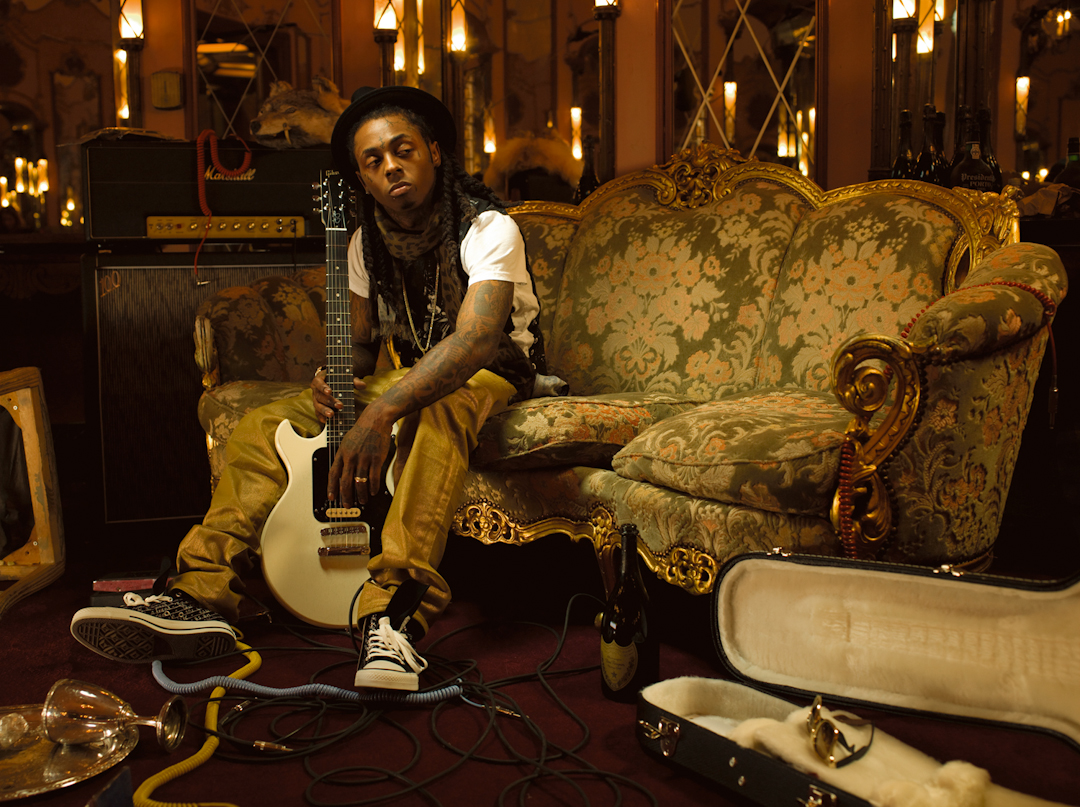
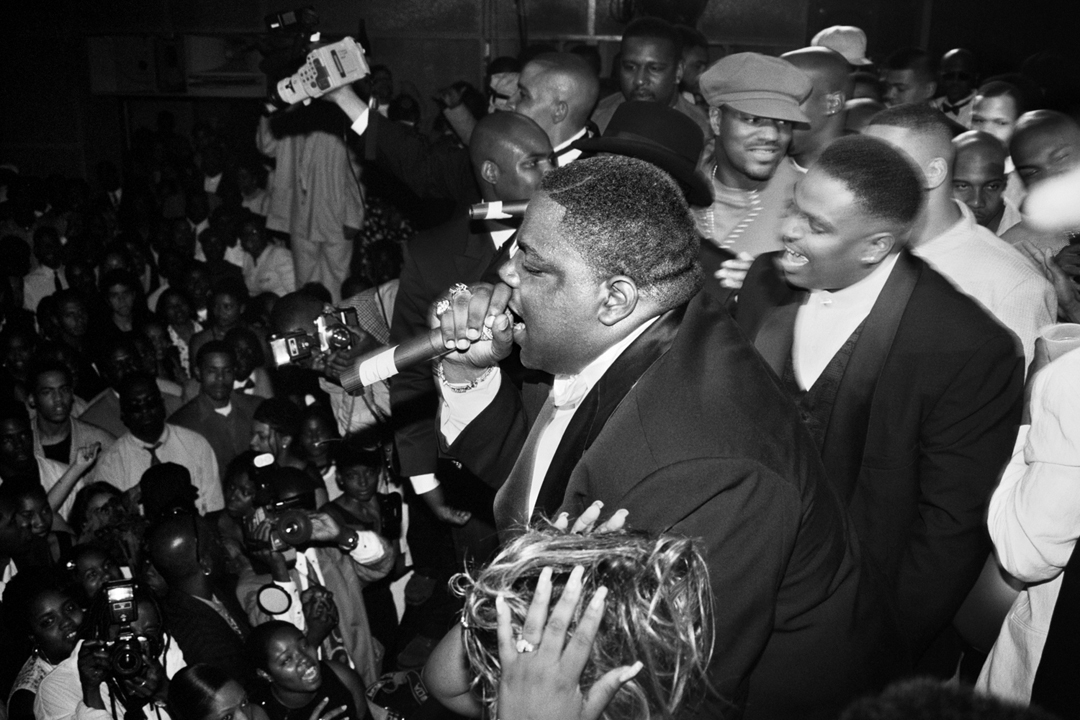
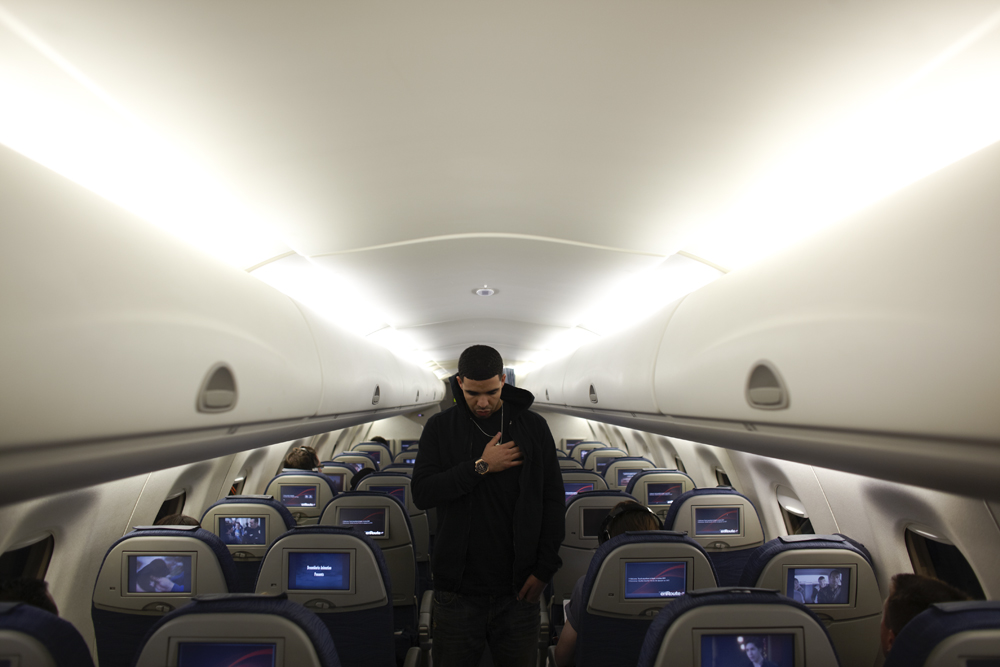

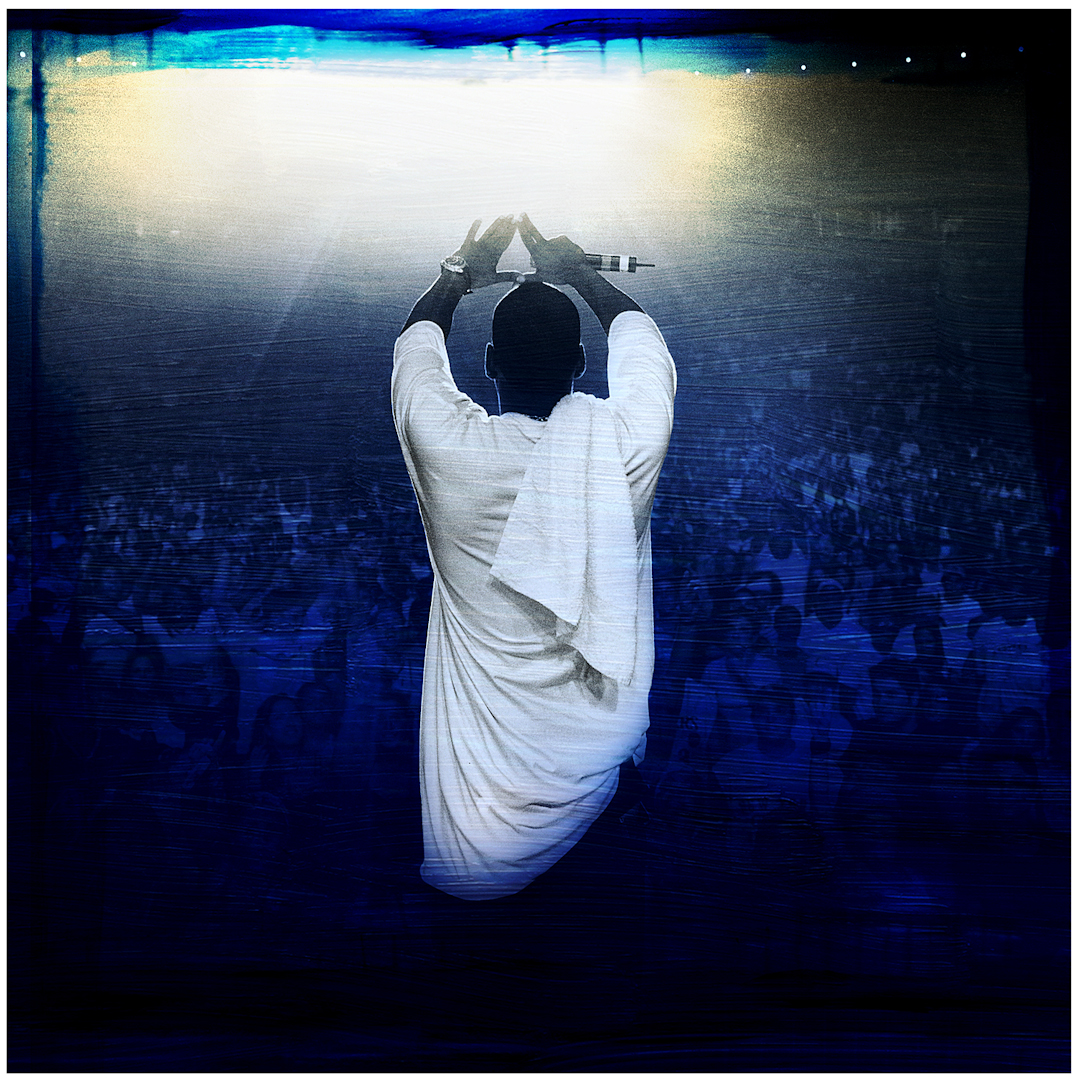
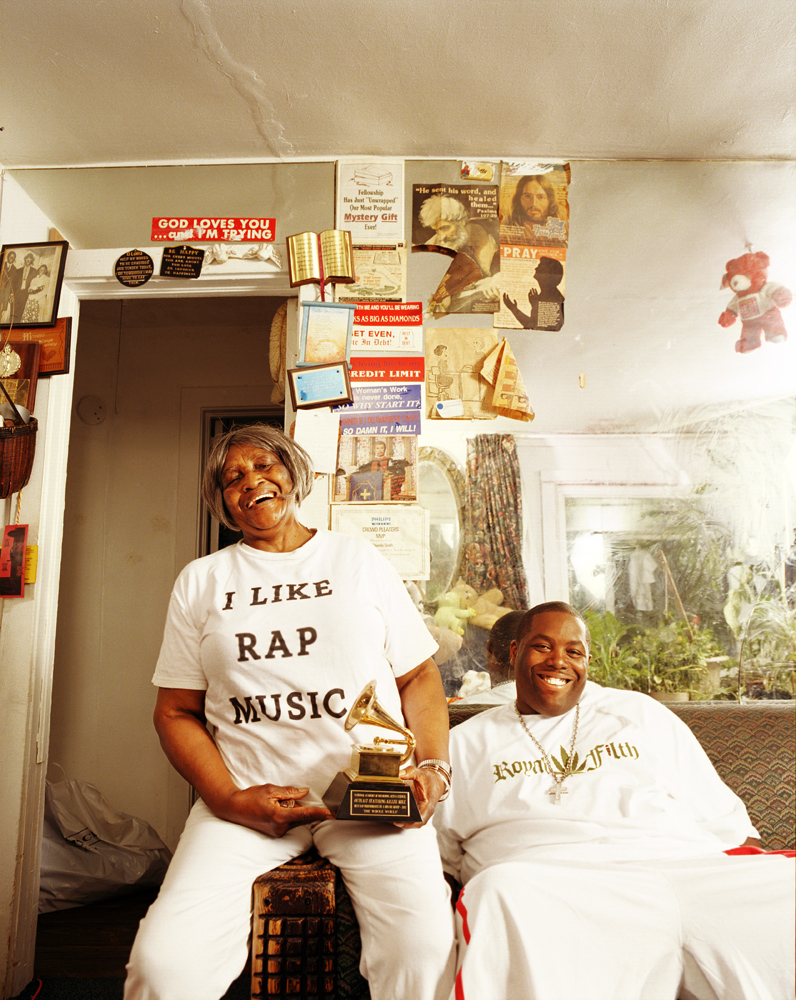
Comments (3)